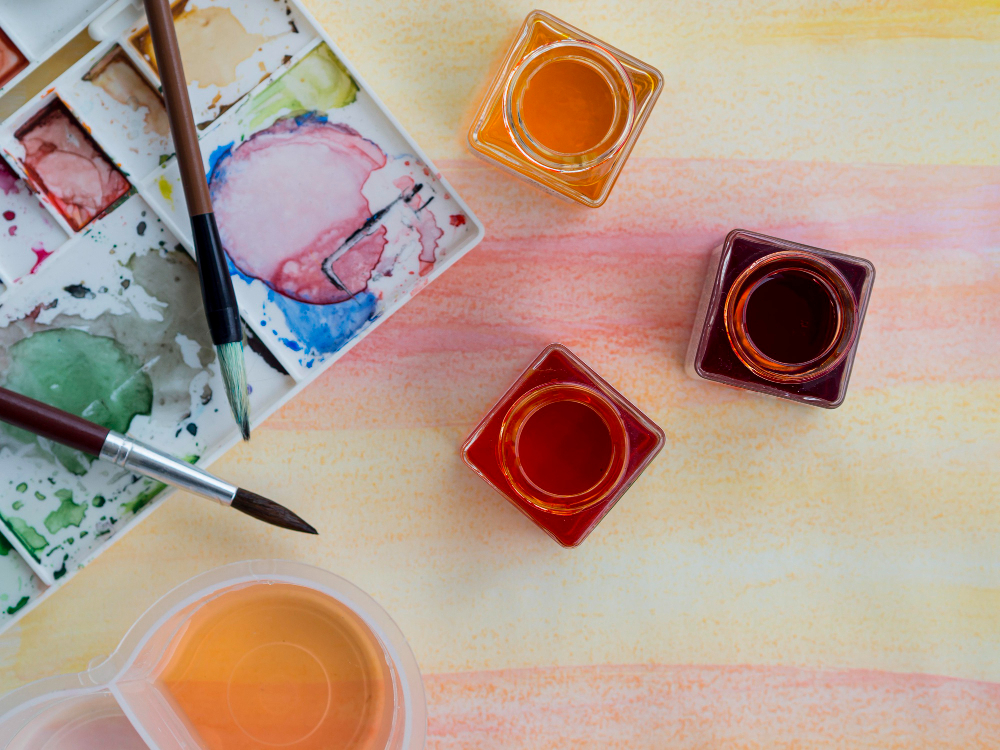Pigment stabilization in an artwork: definition

Pigment stabilization refers to the set of techniques used to preserve the color stability of an artwork, especially during transport. These methods help prevent deterioration caused by humidity, temperature fluctuations, vibrations, or light exposure.
Why stabilize pigments during art transport?
Pigments, particularly those found in older or fragile artworks, can be unstable and highly sensitive to environmental conditions.
Risks during transport
Without proper precautions, pigments may:
- fade or darken
- detach from the surface
- react chemically with air or packaging materials
Works on paper, watercolors, and paintings made with natural pigments are especially vulnerable.
Techniques used for pigment stabilization
Before art transport, a conservator may recommend specific measures to protect the pigments.
Commonly used methods
These may include:
- applying reversible fixatives to unstable painted areas
- inserting acid-free interleaving papers or protective veils
- packing the artwork in climate-controlled crates with regulated humidity
Such precautions help maintain the visual and material integrity of the artwork throughout the transport process.
Notable example: The Historic pigment collection at Harvard
Restorer Nathalie Beurier assembled a collection of rare pigments used to study color degradation in Western painting.
Presented at the Straus Center for Conservation at Harvard, this collection, alongside research by Narayan Khandekar, has contributed to a better understanding of pigment aging and informed stabilization techniques during handling and transport.
